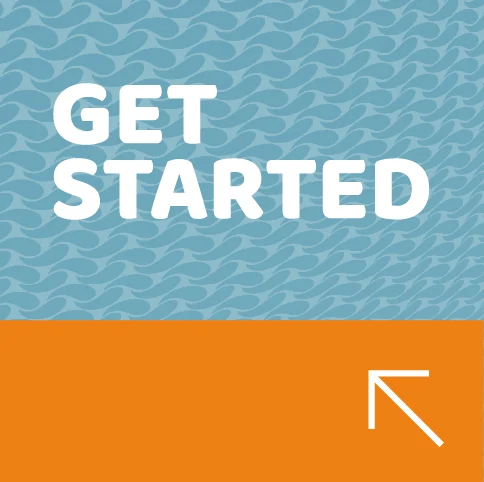As a B2B business owner or marketer, you know the importance of creating engaging content that resonates with your target audience. And with LinkedIn being the go-to platform for professionals in various industries, it’s a great place to share your content and connect with potential customers. However, with so much content being shared on LinkedIn every day, it can be challenging to stand out and capture your audience’s attention.
In this article, we’ll provide you with tips on how to optimise your B2B content for better LinkedIn engagement. From understanding your audience to crafting compelling headlines and using storytelling, we’ll cover all the essential elements you need to create content that resonates with your audience and encourages them to engage with your brand.
The challenges of generating engagement on LinkedIn
Let’s face it, LinkedIn isn’t exactly the most exciting social media platform out there. It’s not where you go to look at cute animal videos or scroll through your friends’ vacation photos. But it is one of the most important social media platforms for B2B marketers. With over 700 million users, it’s the go-to place to connect with other professionals, share industry insights, and showcase your brand.
That’s why it’s crucial to optimise your B2B content for LinkedIn if you want to generate engagement and build your brand on the platform. But with so much content being posted every day, it can be tough to stand out from the crowd. That means B2B marketers face unique challenges when it comes to generating engagement on LinkedIn. How do you make your content stand out in a sea of white-collar professionalism?
How do you create content that’s interesting and engaging without sacrificing your brand identity? These are questions that every B2B marketer should be asking themselves. The rewards of better engagement on LinkedIn are clear. Engaging content can help you establish your brand as a thought leader in your industry, increase your visibility and reach, and even generate leads and sales.
Tailor your content to your audience
If you want to create content that resonates with your audience and generates engagement on LinkedIn, the first step is to understand who your audience is. This means taking the time to identify your target audience, their needs, challenges, and interests. Without this knowledge, you risk creating content that falls flat, doesn’t resonate with your audience, and fails to generate the engagement you’re looking for.
The good news is that LinkedIn makes it relatively easy to identify your target audience. With its powerful search filters, you can search for people based on their job title, industry, location, and more. You can also join LinkedIn groups relevant to your industry to connect with like-minded professionals and get a sense of what topics are popular in your niche.
Once you’ve identified your target audience, the next step is to tailor your content to their interests and needs. This means creating content that addresses their pain points, solves their problems, and provides value. For example, if your target audience is small business owners, you might create content that offers tips for managing cash flow or advice on how to scale their business.
By creating content that’s relevant to your audience, you’ll increase the chances that they’ll engage with your content and see your brand as a valuable resource.
Craft compelling headlines
Your headline is the first thing that people see when they come across your content on LinkedIn. It’s your chance to make a good first impression and entice people to click through and read your content. That’s why it’s important to craft headlines that are attention-grabbing, informative, and relevant to your audience.
So, how do you write headlines that get people to click through and engage with your content? Here are some tips to get you started:
- Keep it short and sweet. Your headline should be no more than 10-12 words.
- Use numbers and statistics. People love numbers, so try incorporating them into your headline whenever possible.
- Make it relevant. Your headline should clearly indicate what your content is about and why it’s relevant to your audience.
- Use action words. Verbs like “how to”, “tips for”, and “why” are great for creating a sense of urgency and encouraging people to click through.
Here are some examples of great headlines from successful LinkedIn pages or profiles:
- “5 proven strategies for boosting your website’s SEO”
- “Why your business needs to embrace social media in 2023”
- “How to use LinkedIn to generate more leads for your business”
- “The top 10 productivity tools every remote worker needs to know about”
As you can see, these headlines are short, use numbers and action words, and clearly indicate what the content is about.
Keep your content short and sweet
When it comes to creating content for LinkedIn, less is often more. People are busy and don’t have a lot of time to spend reading long, drawn-out posts. That’s why it’s important to keep your content short, sweet, and to the point. Here are some tips for keeping your content concise and easy to read:
- Break up your content into short paragraphs. This makes it easier to read and digest.
- Use bullet points and lists to highlight key information.
- Use simple language and avoid jargon.
- Get to the point quickly. Don’t bury the lede or make your readers hunt for the information they’re looking for.
Here are some examples of concise content from successful LinkedIn pages or profiles:
- “3 tips for creating engaging content on LinkedIn”
- “Why your business needs a content marketing strategy”
- “The benefits of using video in your B2B marketing efforts”
As you can see, these posts are short, sweet, and to the point. They get right to the heart of the matter and provide value to the reader without wasting their time with unnecessary fluff.
Create relevant and timely content
When it comes to creating content for LinkedIn, it’s important to stay relevant and timely. Your content should be related to your industry and provide value to your audience. Additionally, you should aim to publish content when it’s most likely to be seen by your target audience. Here are some tips for creating relevant and timely content on LinkedIn:
- Stay up to date with industry news and trends. This will help you identify topics that are relevant to your audience.
- Tie your content to current events or timely issues. This can help you capture the attention of your audience and increase engagement.
- Use data and statistics to support your arguments. This can help you provide valuable insights and position yourself as an authority in your field.
- Use LinkedIn’s analytics to identify the best times to post. This can help you ensure that your content is seen by as many people as possible.
Here are some examples of relevant and timely content from successful LinkedIn pages or profiles:
- A cybersecurity company publishing a post on how to protect your business from the latest ransomware attacks.
- A marketing agency publishing a post on the top digital marketing trends for the upcoming year.
- An HR consultant publishing a post on how to navigate the challenges of remote work as more businesses shift to hybrid work.
As you can see, these posts are all related to the respective industries of the companies and provide value to their audience by addressing timely issues or trends.
Why storytelling matters in B2B content
Storytelling is a powerful tool for B2B marketers because it helps them connect with their audience on an emotional level. By telling stories, you can make your content more memorable and engaging, which can lead to increased brand awareness and customer loyalty. Here are some tips for using storytelling in your B2B content:
- Identify your brand’s unique story. What sets your brand apart from the competition? What is your brand’s mission or values? Use this information to craft a compelling story that resonates with your audience.
- Use customer stories. Share stories of how your products or services have helped your customers achieve their goals or overcome challenges. This can help your audience relate to your brand on a more personal level.
- Use visuals to enhance your storytelling. Visuals such as images, videos, and infographics can help bring your story to life and make it more engaging.
Here are some examples of successful storytelling on LinkedIn:
- A software company sharing a post about a customer who was able to streamline their business operations thanks to their software.
- An eCommerce company sharing a post about the journey of one of their products from concept to market.
- A financial services company sharing a post about how they helped a client achieve their financial goals through strategic planning.
By using storytelling in your B2B content, you can make your brand more relatable and memorable to your audience. Take inspiration from these successful examples and craft your own stories to engage your audience on LinkedIn.
Encouraging engagement on LinkedIn
Engagement is crucial to the success of your B2B content on LinkedIn. When your audience engages with your content, it not only increases your reach but also helps establish your brand as a thought leader in your industry. Here are some tips for encouraging engagement on LinkedIn:
- Ask questions. Pose questions to your audience that encourage them to share their opinions or experiences related to your content. This can spark discussion and lead to increased engagement.
- Use calls-to-action. Include a clear call-to-action (CTA) in your posts that encourages your audience to take action, such as sharing their thoughts or visiting your website.
- Respond to comments. Engage with your audience by responding to comments on your posts. This shows that you value their input and can help foster a sense of community around your brand.
Here are some examples of successful engagement on LinkedIn:
- A marketing agency posing a question to their audience about their biggest marketing challenges and inviting them to share their thoughts in the comments.
- A business coach including a CTA in their post to schedule a free consultation call with them.
- An industry thought leader responding to comments on their post, engaging in a discussion with their audience and sharing additional insights.
Use these tips and examples to inspire your own engagement strategies.
Optimising your B2B content for LinkedIn
LinkedIn is a powerful platform for B2B marketers to connect with their target audience and establish themselves as thought leaders in their industry. By optimising your content for better engagement, you can increase the visibility of your brand and attract potential customers.
Remember to always keep your audience in mind, craft compelling headlines, keep your content short and sweet, be relevant and timely, use storytelling to make your content memorable, and encourage engagement through questions and calls-to-action. Use these tips to take your B2B content on LinkedIn to the next level, and watch your engagement rates soar. And if you need a hand with your B2B content, remember, we can help.







